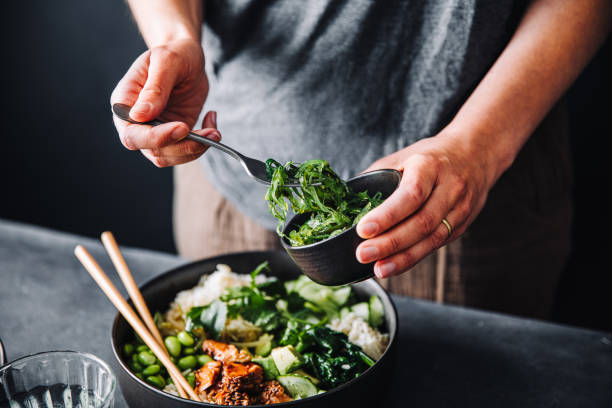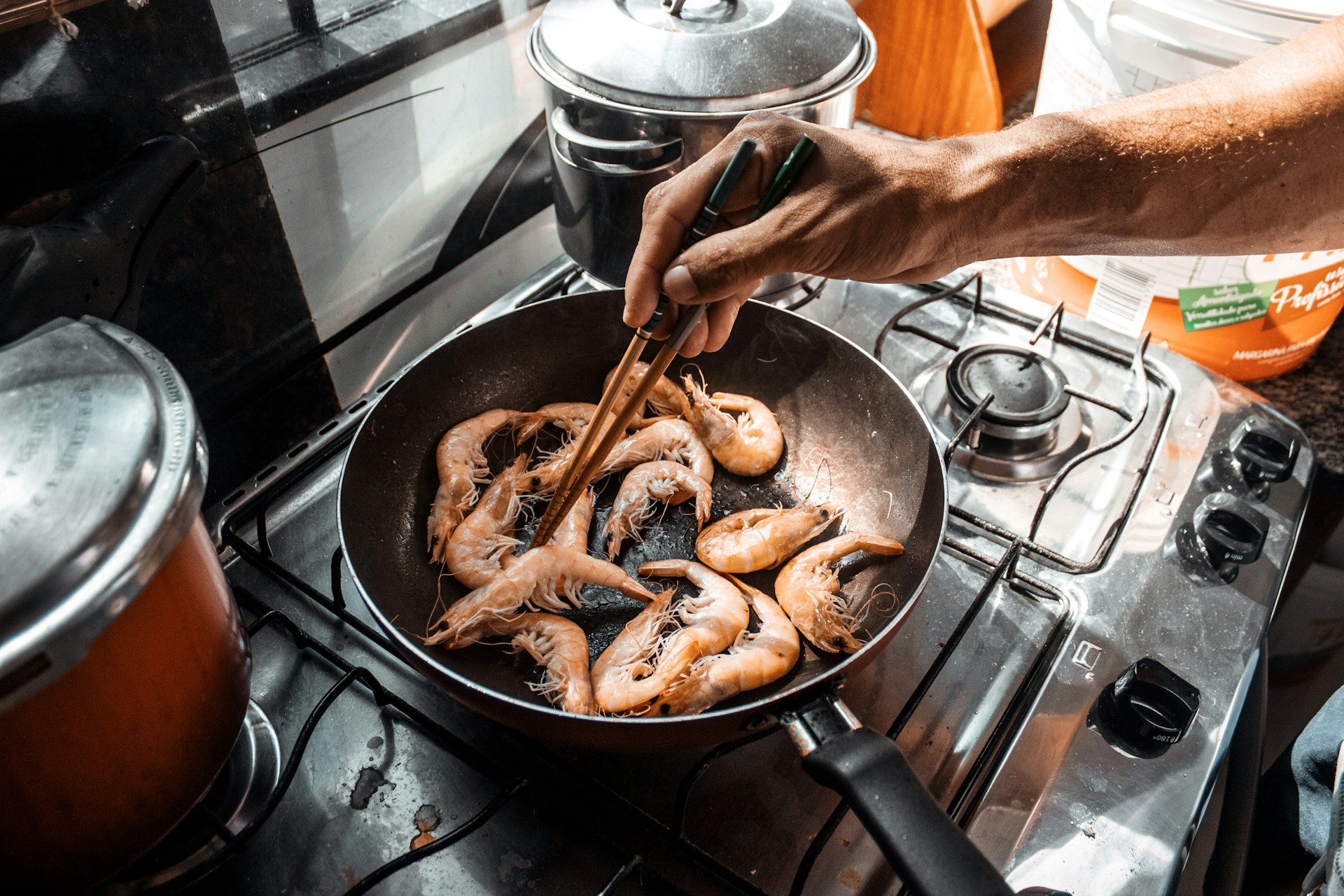Food Delivery and Cold Chain Transport: Ensuring Freshness
Reliable food delivery depends on more than fast drivers and clear ordering interfaces; it requires an end-to-end approach to preserving quality from kitchen or warehouse to plate. Cold chain transport, refrigerated transport, and consistent temperature control are central to preventing spoilage, protecting food safety, and maintaining texture and flavor for perishable goods. This article outlines how the refrigeration chain works, what to look for in delivery services, and practical steps operators and consumers can take to reduce risk.

How does cold chain transport work?
Cold chain transport is the coordinated process that keeps temperature-sensitive items within a target range at every stage: storage, handling, transport, and delivery. For food delivery, that means a controlled environment from the moment perishables leave the supplier until they arrive with the customer. Maintaining that chain involves insulated packaging, refrigerated vehicles or containers, temperature monitors, and procedures for rapid loading and unloading. Interruptions — even brief — can accelerate bacterial growth or degrade quality, so redundancy and monitoring are common practices in professional cold chains.
What role does temperature control play?
Temperature control protects safety and sensory quality. Different perishable goods require different set points: some frozen products need to remain below freezing, while chilled items like dairy and prepared meals often require steady refrigeration. Continuous monitoring — using data loggers or real-time sensors — allows operators to spot deviations and react quickly. Controlled temperatures also slow enzyme activity and microbial growth that cause spoilage. For businesses, documenting temperature histories supports regulatory compliance and helps manage recalls or customer inquiries with clear evidence.
How refrigerated transport supports food delivery
Refrigerated transport includes vehicles and containers designed to maintain a specified internal climate during transit. Types range from small insulated vans used for last-mile delivery to larger refrigerated trucks for regional distribution. Features that matter for food delivery include dependable refrigeration units, proper airflow design to avoid hot spots, easy-to-clean interiors, and payload configurations that minimize temperature fluctuations during frequent stops. For mixed loads, zoning or separate compartments enable different temperatures for varied products. Effective refrigerated transport reduces waste and helps retailers and restaurants deliver consistent quality.
How to manage perishable goods during last-mile delivery
The last mile is often the most challenging segment for perishable goods because packages face repeated opening, brief exposure to ambient temperatures, and varied delivery times. Strategies to mitigate risk include insulated or refrigerated lockers, phase-change materials or gel packs in insulated carriers, scheduled delivery windows, and minimizing dwell time between unloading and handoff. Clear labeling and temperature-sensitive indicators can alert handlers to compromised shipments. For operators, route optimization and batch consolidation reduce transit times and limit the number of stops, helping maintain stable conditions for perishable goods.
Choosing local services for safe food delivery
When evaluating local services or providers in your area, consider their cold chain capabilities and documented procedures. Key factors include the availability of refrigerated transport and dedicated chilled storage, use of continuous temperature monitoring, cleaning and sanitation protocols, staff training in handling perishable goods, and contingency plans for equipment failure. Consumer-facing features such as delivery time windows, live tracking, and clear package labelling can also make a practical difference. Whether partnering with a third-party delivery firm or building in-house capacity, aligning service levels with product sensitivity reduces risk.
Conclusion
Food delivery that preserves safety and quality relies on coordinated systems: cold chain transport, reliable refrigerated transport equipment, consistent temperature control, and careful handling of perishable goods throughout the journey. Operators who document and monitor each step reduce spoilage and support regulatory expectations. Consumers benefit when providers prioritize measurable controls and transparent handling practices, making food delivery a dependable option for temperature-sensitive items.




